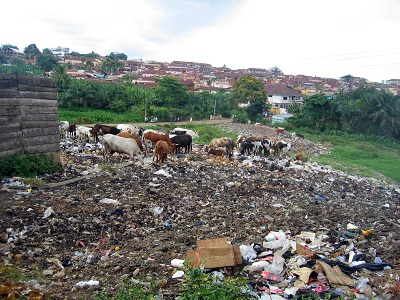Social Licence Toolkit
There are many (maybe too many) good-practice guides, research reports and case studies that you could search for yourself or you can save time by using this toolkit which brings together the pick of the bunch and makes them available in one easy-to-access place.

Quick Start
Quick Start
If you are concerned about your social licence but aren't sure how to get started then check out these simple how-to-do and what-to-do ideas.

Land Access
Land Access
Competition for land is always an issue for companies and communities. Compensation for damage and the displacement and resettlement of communities is a challenging experience for all concerned often leading to conflict over the right to land and its use.

In-Migration
In-Migration
In-migration is an inevitable consequence of project development and although a case can be made that growth benefits trade, employment, infrastructure, and services, the overwhelming experience from the resources sector is that host communities suffer.

Environment
Environment
Changes to the natural environment made by companies when they develop projects inevitably bring new risks into local communities. How these translate into impacts depends on the effectiveness of plans and activities aimed at reducing, remediating and offsetting.

Community Health
Community Health
Company facilities and activities will, more often than not, directly, indirectly and cumulatively change community exposures to environment-based health risks such as communicable diseases, equipment accidents, and exposure to hazardous materials or conditions.

Culture and Heritage
Culture and Heritage
The way a company engages with a community to protect their culture and their heritage greatly affects the quality of the relationship, the effectiveness of broader community consultation and the sustainability and legacy of operations.

Local Purchasing
Local Purchasing
Creating business opportunities for people with an entrepreneurial spirit is one way to benefit local communities. Buying locally can shorten and diversify supply chains and build local support.

Local Jobs
Local Jobs
Issues surrounding jobs often become a major source of tension, particularly when local people see outsiders being hired for jobs they think they can do or feel they are entitled to, turning what should be a positive into a negative.

Local Development
Local Development
For most projects the benefits that come from employment and business opportunities fall to a small proportion of the population. For the majority community development is the one broadly distributed benefit they will see.

Company Conduct
Company Conduct
All company activities and employee and contractor actions have either positive or negative impacts on a local community. This means that actively promoting and encouraging the right attitude and behaviour deserves the same level of attention as every other part of the business.

Community Engagement
Community Engagement
Engagement sets the tone for relationships with local communities. Meeting and talking with local people is the only way to hear, to learn and to share ideas and concerns and to find solutions. It is the most effective and efficient way to stay on top of issues and to respond quickly.

Addressing Complaints
Addressing Complaints
Taking complaints seriously and establishing a good complaints handling procedure is one of the most effective ways of dealing with local concerns. This is particularly important where company activities and operations are close to communities.